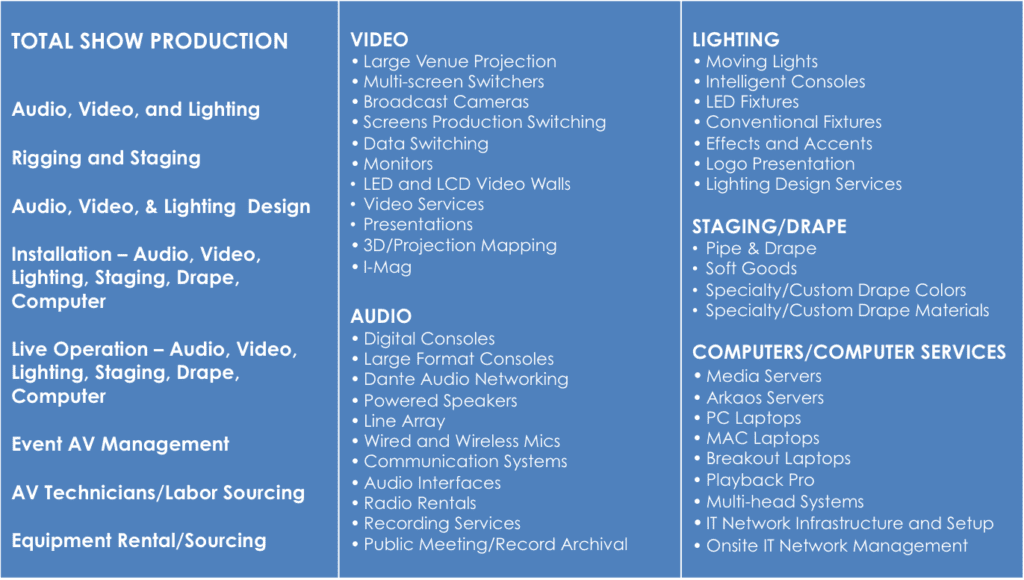Ideal Strategies for Placing Security CCTV to Improve Surveillance Efficacy
Ideal Strategies for Placing Security CCTV to Improve Surveillance Efficacy
Blog Article

Placing security cameras efficiently is crucial to enhancing monitoring in different settings, such as residences, businesses, as well as public spaces. The primary goal of surveillance cameras remains to deter criminal activity and offering evidence during case of incidents. To attain this, it is important to consider various factors, such as camera location, field of vision, and the particular areas that need monitoring. By comprehending these elements, people and entities can create a thorough surveillance plan that maximizes the efficacy of their security solutions.
One of the initial actions in positioning surveillance cameras involves to identify critical areas that require surveillance. Vulnerable areas, such as entry points, exits, vehicle lots, as well as areas with high-value assets, must be prioritized. It also important to consider areas not visible, which may be areas that may not be seen from certain perspectives. By mapping out these key locations, surveillance staff can ensure that all corner remains observed, minimizing the chances of illegal actions going unnoticed. Additionally, installing cameras at key locations can help form a comprehensive perspective of the property, allowing for better overall security monitoring.
The field of a surveillance system is another crucial factor to take into account. Various types of surveillance systems offer varying ranges of view, that can influence how much space gets captured in the video. For instance, wide-angle systems can cover larger areas, making them ideal for spacious areas, whereas pan-tilt-zoom cameras can be adjusted to concentrate on specific details. When placing cameras, it is important to select the right type based on the area being monitored. This guarantees that the system can capture sharp footage and provide valuable data in case of an incident.
Height and angle of installation also play a significant part in the efficacy of surveillance cameras. Cameras should be mounted at a level that remains out of grasp of possible tampering but still enables for unobstructed viewing of faces and other identifying details. A typical suggestion is mount cameras at least eight to 10 ft off the floor. Additionally, the angle at which the camera remains set can affect its ability to capture crucial information. Cameras should be angled to minimize reflection and avoid blockages, ensuring that they go right here can record sharp video at any times.
Finally, routine upkeep and updates to the security system is essential for long-term efficacy. This entails checking camera performance, wiping lenses, and making sure that firmware is up to date. Frequent evaluations of the surveillance strategy can assist detect any new areas not visible or areas that may need extra coverage. By staying vigilant and making necessary changes, people and organizations can improve their surveillance effectiveness and guarantee that their surveillance systems remain to fulfill their intended purpose.